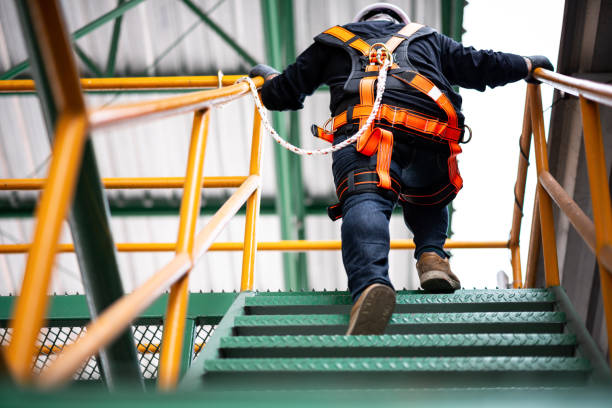Unlocking the Secrets of the High-Altitude Training Phenomenon
High-altitude training has become a fascinating topic in the world of sports science, embraced by athletes and coaches across disciplines. This article delves deep into the high-altitude training phenomenon, tracing its history, examining current trends, and providing expert analysis on its benefits and challenges.

The Birth of High-Altitude Training
The inception of high-altitude training dates back to the 1968 Mexico Olympics, held at a staggering 2,240 meters above sea level. Athletes struggled with the thin air, prompting researchers to explore how training at high altitudes could improve performance. This investigation marked the birth of high-altitude training, a strategy now widely adopted by athletes seeking a competitive edge.
The Science Behind High-Altitude Training
High-altitude training operates on a simple principle: your body works harder in thin air. This increased effort prompts your body to produce more red blood cells, enhancing oxygen-carrying capacity and, consequently, athletic performance. Although the science is clear, the debate on the best approach—live high, train high or live high, train low—continues to stir controversy among sports scientists.
Current Trends in High-Altitude Training
In recent years, high-altitude training has seen a surge in popularity, with athletes flocking to altitude camps worldwide. The trend extends beyond traditional endurance sports, with teams from sports like soccer and basketball now embracing this strategy. Simulated altitude environments, such as hypoxic chambers, have also become a common sight in many training facilities, offering a convenient alternative to mountainous retreats.
The Pros and Cons of High-Altitude Training
High-altitude training isn’t without its challenges. Some athletes struggle to adjust to the thin air, experiencing altitude sickness. Additionally, training intensity can be compromised at high altitudes, potentially undermining the benefits. However, athletes who successfully adapt can reap significant rewards, including improved endurance and increased power output.
High-Altitude Training in Practice
The real-world application of high-altitude training varies widely. Some athletes live and train at altitude for weeks, while others use simulated environments for shorter periods. Despite the differences in approach, the goal remains the same: to gain a physiological advantage that translates into improved performance on the competition field.
In conclusion, high-altitude training is an intriguing strategy in sports science that continues to evolve. As athletes and coaches seek new ways to gain a competitive edge, the sky—quite literally—is the limit.




